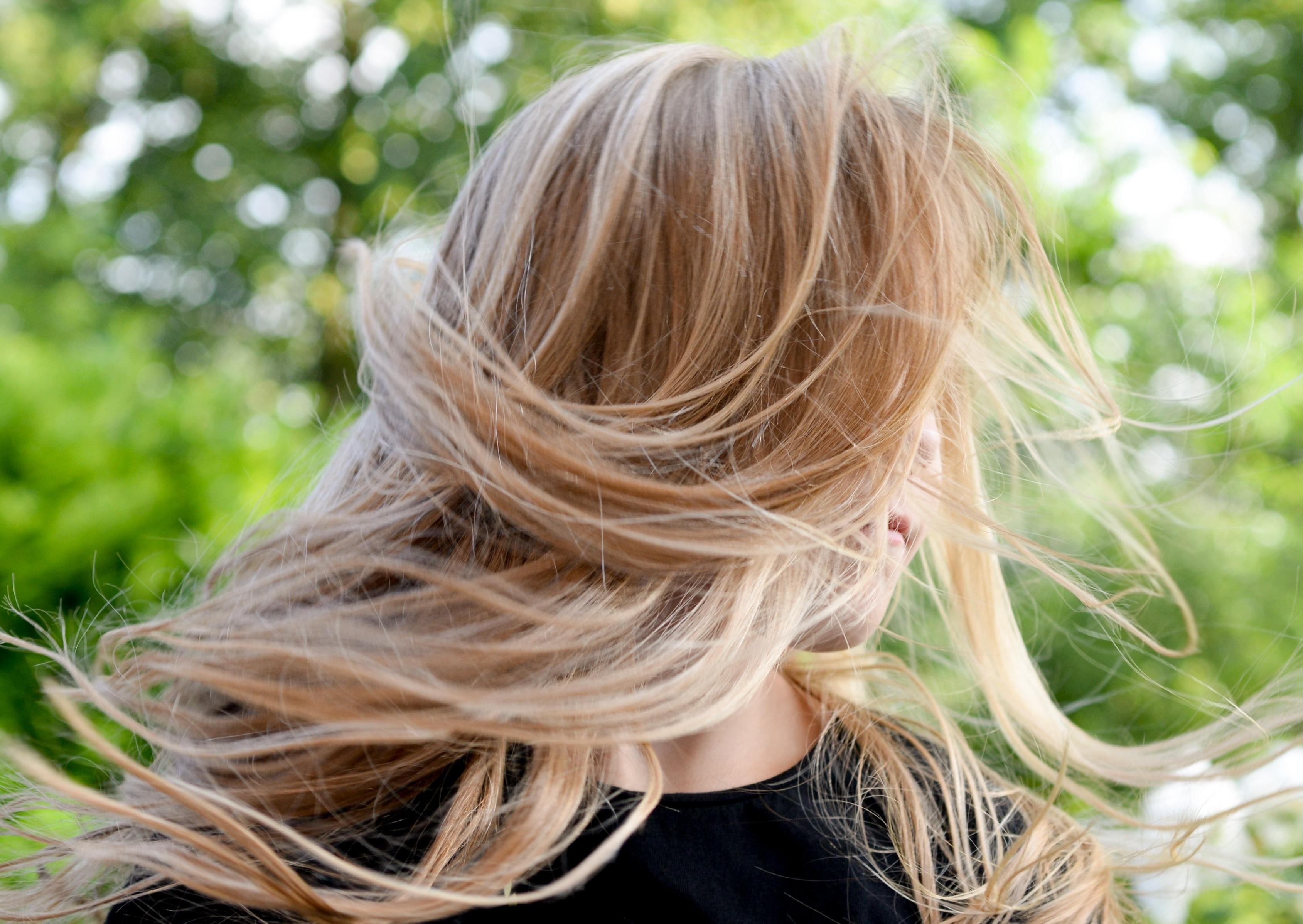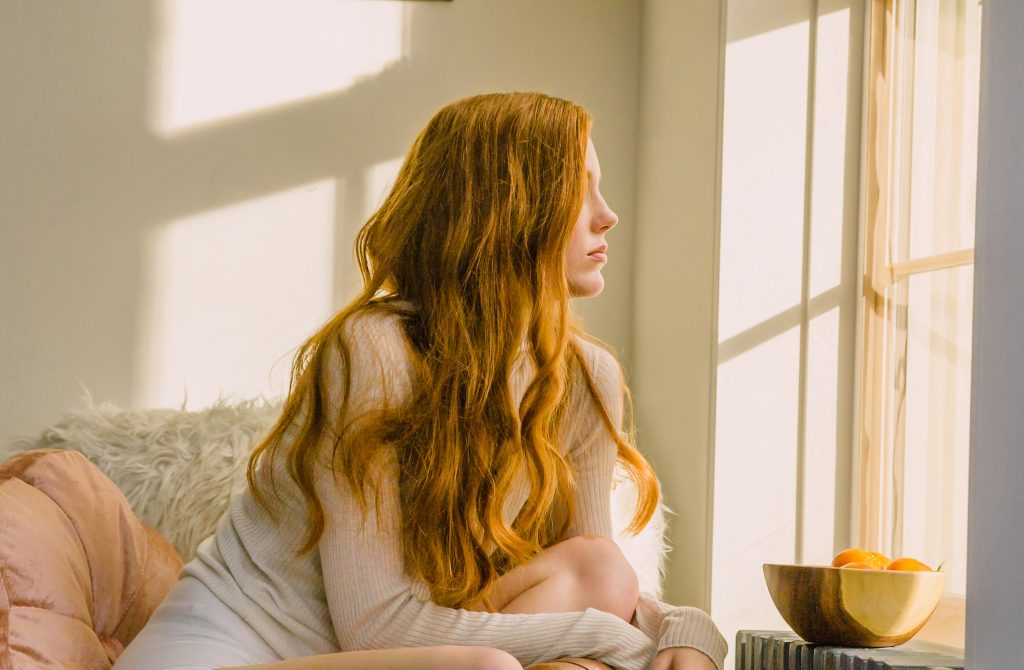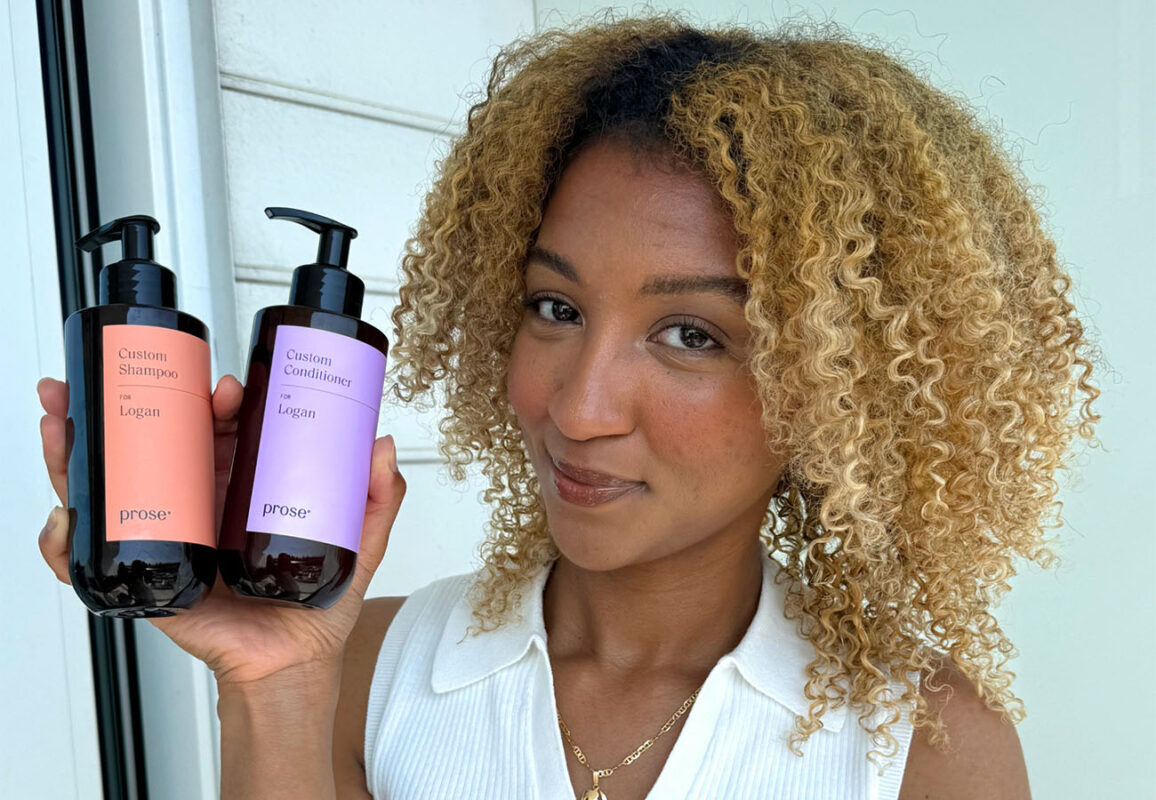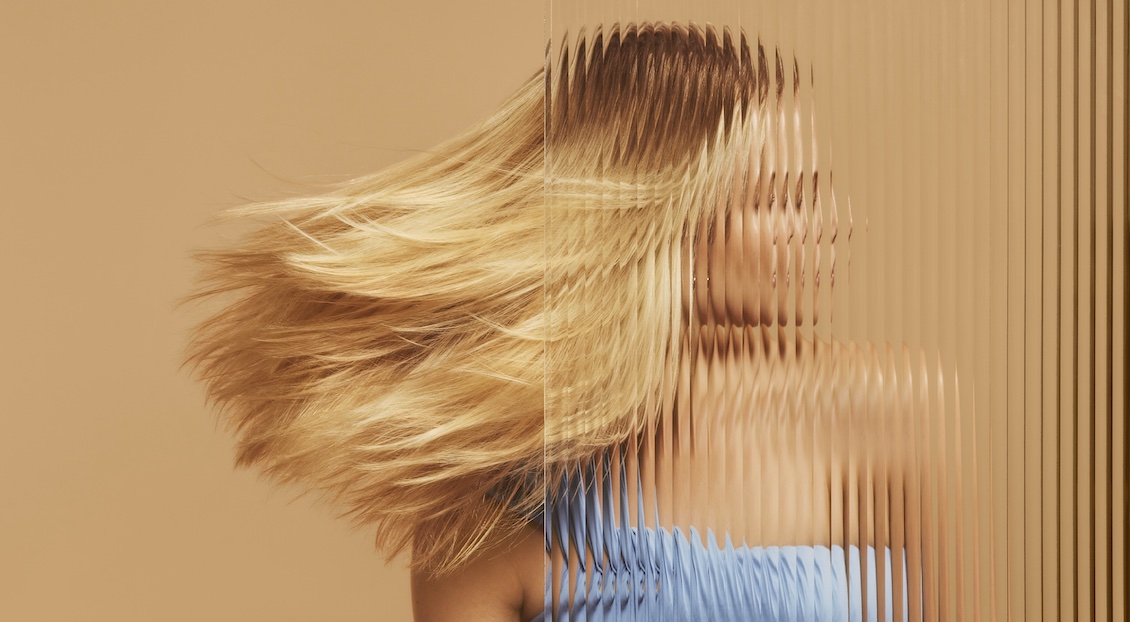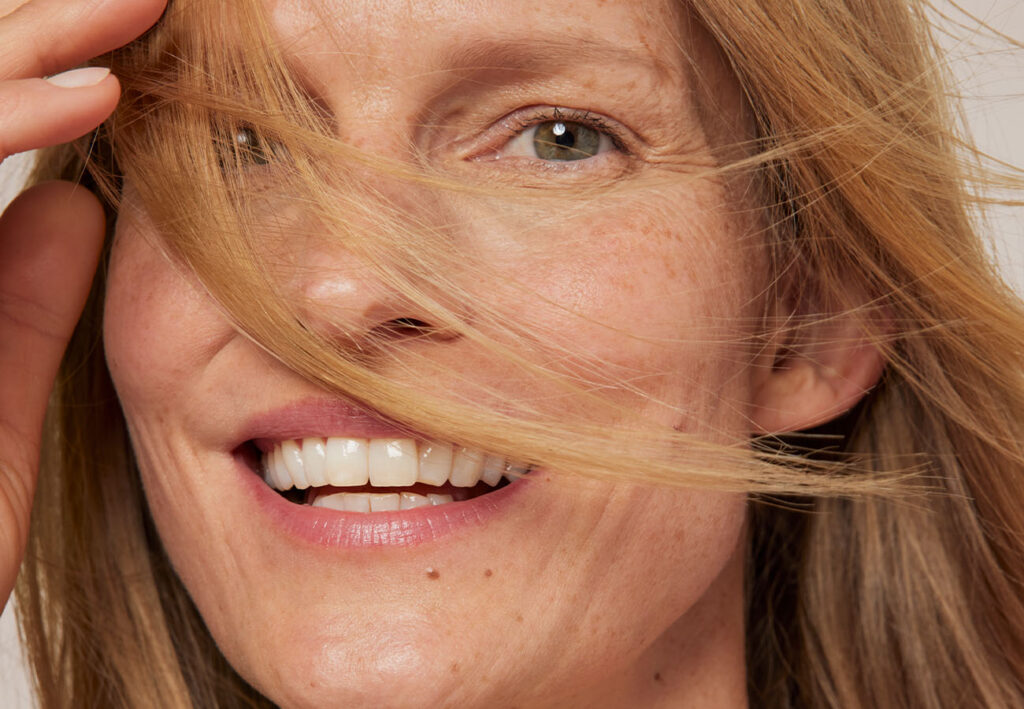See a colorist
DIY’ing a major color change—like going from dark to light—is risky business and is best left to a professional. Have a consultation with a professional, show the colorist a photo of the color you want to achieve, and let them tell you whether or not it’s realistic. Keep in mind, you may need to adjust your expectations. By looking at the health of the hair, feeling your cuticle layer, and looking at the picture, the colorist should be able to tell you how close you can get. Ideally, you don’t want to go more than five to six levels lighter than your starting shade. Anything beyond that will really damage the integrity of your hair.
Start with virgin hair
The safest way to go light is to do it with natural hair. When you apply the lightening agent to virgin hair, it goes straight to the cortex and starts lifting out that color. But when your hair is already color-treated, you have to break through an artificial layer before you can even start addressing the lightening process. There are a lot of awkward in between stages where hair may turn red, bronze, even orange. Of course, it’s possible to take dyed strands lighter, but that’s where it gets tricky, damaging, and even expensive.
Don’t expect instant results
There’s a reason it’s called a color process. Going lighter is a journey. It typically doesn’t happen in one day—it may take a few color sessions to get your ideal shade, especially if your hair was dyed dark to begin with. It may have to happen gradually in stages—plan on at least two or three appointments— so you can repair the damage along the way. And that brings us to the next tip.
Do your own damage control
Big color brands tend to have in-salon treatments to strengthen and repair hair as you jump several color levels. But you can help the process along at home, too, with deep moisturizing treatments. At least once a week, use an intensive treatment to help smooth down that cuticle layer, restoring hydration and softness to hair. Prose custom pre-shampoo masks or oil treatments are perfect for when you’re going through a lightening process because they’re individually formulated based on your hair’s density, condition, and your type of damage: chemical (color, straightening, etc), environmental (sun damage), or mechanical (styling, brushing, etc).
Ready to lighten up? Take our consultation and get products specifically customized to repair and replenish color-treated hair here.

